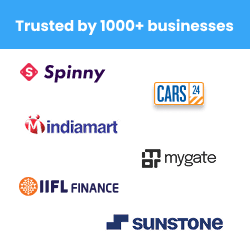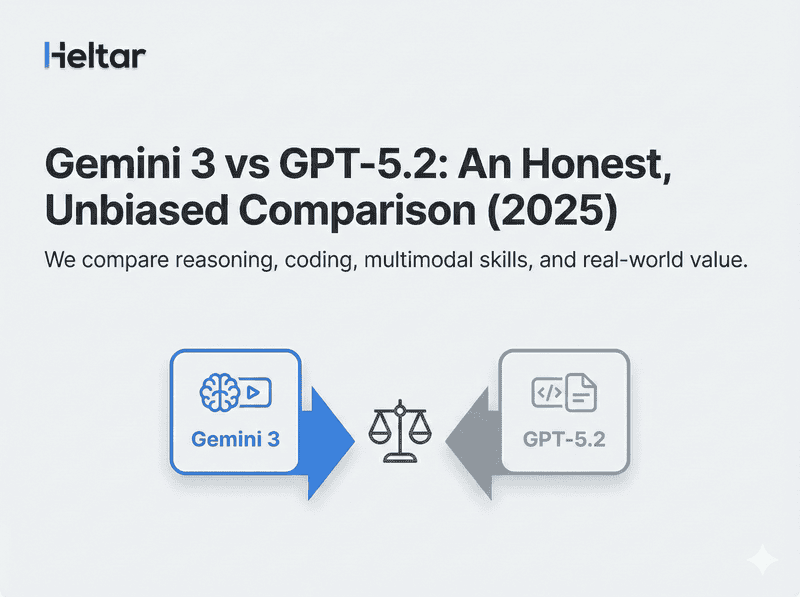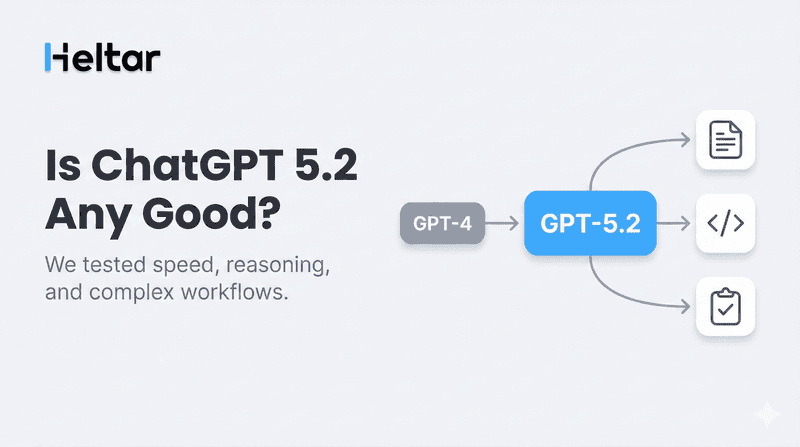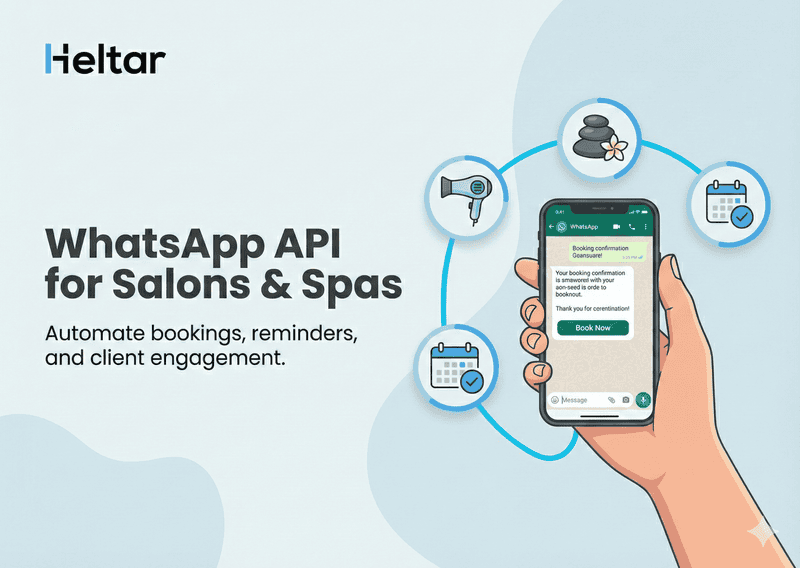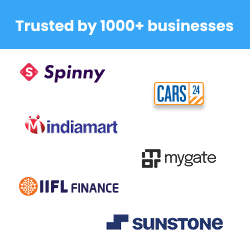WhatsApp can grow revenue fast, or turn into a confusing bill. Since Limechat keeps a lot of info on different pages, we thought of giving you a structured and clearer breakdown of their pricing, so that you can budget with confidence and decide if Limechat fits your use case.

Summary at a glance
Limechat shows plan fees and usage meters on its pricing pages. Pro Support is £499 per month with £0.1 per automated ticket. Pro Marketing starts at £249 per month on a Monthly Active Contact model. Business is £600 per month. The page notes that charges are billed in USD and usage is billed every 30 days.
An Advanced Plan page lists feature limits and inclusions like 10K support tickets per month, unlimited contacts, unlimited agents, and unlimited WhatsApp outbounds.
WhatsApp conversation charges still apply as per WhatsApp policy. Limechat’s own guide explains the business-initiated and user-initiated conversation types, which helps you forecast Meta costs.
If you want predictable platform spend as flows get deeper, compare Limechat’s per-ticket or contact meters with Heltar’s per-session model at the end of this post.
Limechat plans, fees, and meters
Limechat’s UK pricing page lists three plans. One plan also shows a per-ticket usage meter.
Plan | Monthly fee | Usage meter on the page | What it covers |
|---|---|---|---|
Pro Support | £499/month | £0.1 per automated ticket | Omnichannel support helpdesk for WhatsApp, FB, IG, Email, Live Chat. AI workflows for sales and support. Analytics, agent assist, tags and labels. Dedicated account manager. |
Pro Marketing | £249/month (Tier 1) | Monthly Active Contact based pricing by tiers | Build journeys, campaign builder, two-way WhatsApp marketing, dedicated account manager. |
Business | £600/month | Not shown | Pro Marketing + Pro Support, plus custom flows and integrations, enterprise support, dedicated growth consultant. |
Notes on the pricing page: “All charges are billed in USD. Recurring and usage-based charges are billed every 30 days.”
Extra inclusions called out on the Advanced Plan page
10K support tickets per month
All support channels across WhatsApp, Facebook, Instagram, Live Chat, and Email
Level-3 AI on WhatsApp and Live Chat
Pre-configured AI workflows for purchase and support
3 custom workflows, 1 custom integration
Unlimited contacts, unlimited agents, unlimited WhatsApp outbounds
These items help you gauge where limits and usage sit for support-heavy teams.
How WhatsApp fees fit in
Limechat’s guides explain WhatsApp’s conversation categories and how billing works. You will still pay WhatsApp fees per conversation by category and country. Factor those Meta charges on top of any Limechat plan or usage meter.
How to estimate your Limechat bill?
Build your estimate in three steps:
Choose the plan that matches your focus
Support-led teams start with Pro Support.
Marketing-led teams look at Pro Marketing.
If you want both in one place with more custom work, look at Business.
Add usage meters
For Pro Support, include £0.1 per automated ticket. Decide what counts as an automated ticket in your setup and multiply.
For Pro Marketing, use your Monthly Active Contacts tiers to estimate your bracket for the month.
Layer WhatsApp charges
Add Meta’s conversation fees by category for your markets. Use your past split of business-initiated vs user-initiated conversations to keep it real.
This gives you a clean plan + usage + Meta view that finance can sign off.
Pros, cautions, and who Limechat suits
Where Limechat fits
E-commerce brands that want a combined support helpdesk and WhatsApp marketing stack.
Teams that are comfortable with per-ticket or active contact meters and want a clear service desk with AI features.
What to watch
On Pro Support, the £0.1 per automated ticket meter adds up with volume. Forecast ticket counts by queue and hour.
On Pro Marketing, track your monthly active contacts. If your list and retargeting cadences are aggressive, keep an eye on tier changes.
Confirm which inclusions from the Advanced Plan page apply to your chosen contract.
Heltar vs Limechat - A Quick Comparison

If WhatsApp is a core growth channel for you, pricing predictability matters. Here is a factual, side-by-side view so you can compare models.
Category | Heltar | Limechat |
|---|---|---|
Pricing model | Monthly subscription per WhatsApp number + low per automated session after free credits. | Plan fee with usage meters such as £0.1 per automated ticket on Pro Support, or Monthly Active Contact tiers on Pro Marketing. |
Core plans | Starter $50 per number per month, Growth $80, Pro $150. | Pro Support £499 per month, Pro Marketing £249 per month (Tier 1), Business £600 per month. |
Usage meter | Per session after free credits: Starter $0.03, Growth $0.02, Pro $0.001 per session. | Per automated ticket on Pro Support at £0.1. MAC tiers for Pro Marketing. |
WABA allowance | Starter 1 WABA, Growth 1, Pro 2. Extra WABA at $25, $40, $75 per month by tier. | Advanced Plan page lists unlimited contacts and unlimited agents; plan pages detail support and marketing scope. |
Meta pass-through | Markup over Meta actuals by tier: 10 percent, 8 percent, 5 percent. User-initiated messages free on platform side. | WhatsApp conversation charges still apply as per WhatsApp policy. Plan pages focus on helpdesk and marketing inclusions. |
Best fit | Teams that run rich, multi-step flows and want predictable platform cost per contact with a per-session model. | Teams that want omnichannel support with AI and are fine budgeting by tickets or active contacts each month. |
If you are planning multi-step automation at scale, a per session meter often stays steadier than per ticket or active contact meters as you deepen flows.
Final word
To gauge how much Limechat will end up costing you, start with the plan fee, add the right usage meter, then layer Meta costs. If you want clearer cost control as flows grow, Heltar’s per session model plus simple tiers keep platform costs predictable while you scale campaigns and support.
Book a quick demo and we will map your numbers and flows, then show the projected monthly delta on your use case.
